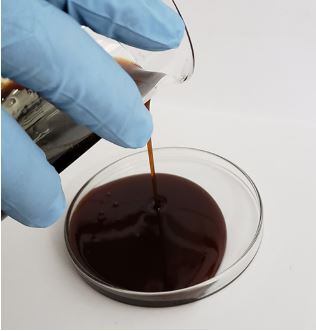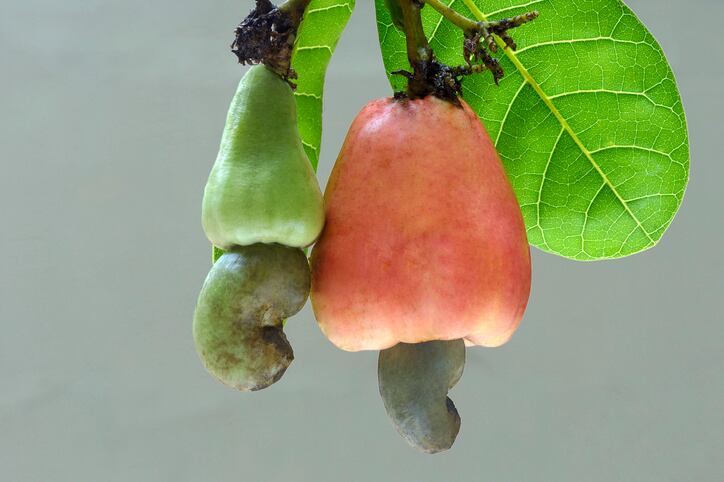Native to Central America and northern South America, cashew trees produce edible fruit, known as cashew apple, and cashew nuts, which are technically the apple's seed.
The outer shell surrounding the seeds contains anacardic acid, phenolic lipids, and cardanol, which can produce burns to the skin during the de-shelling process.
This shell, which accounts for around 70% of the fruit’s weight, is commonly seen as a waste product and burned. However, Brazilian researchers at Embrapa, the Brazilian Agricultural Research Corporation, are investigating other added-value applications.

Anacardic acid has antioxidant and antimicrobial activity, which means it could be used to make additives for food products, especially food products that contain fat - a line of work being investigated by scientists at the Federal University of Ceará.
"Studies point out that they prevent the oxidation of meat, which can improve the shelf life of products such as sausages, for example," said Embrapa researcher Marcel Teixeira.
Head of Embrapa’s natural product chemistry laboratory Edy Brito told FoodNavigator-LATAM consumers may consider a preservative derived from cashew nut shells to be more ‘clean label’ than current preservatives since it is “a natural product”.
“However, we should bear in mind that nitrates have other technological functions, besides antioxidant, such as color and flavor development. [And] it will still have to be approved by food legislation organizations and eventually be declared as an additive,” Brito added.
The research is still at the laboratory stage and has not yet been published. However, Brito said the project is ready to be scaled up by commercial partners. Further development will depend on the level of commercial interest, Brito added.
Animal health
Another possible application is as a feed additive. Embrapa scientists have been studying the antiparasitic effects of anacardic acids in goats and sheep since 2016.
Treating parasites in these animals is becoming increasingly challenging because of resistance to the vermifuge medication.
"[Therefore] it could be an outlet for situations where there is established resistance, which is of great interest to the veterinary industry," said researcher Marcel Teixeira.
Cashew nut market
Brazil was the ninth biggest producer of cashew nuts in 2017, according to the most recent data from the Food and Agriculture Organization's statistics office (FAOSTAT), producing over 133,000 tonnes of in-shell cashew nuts.
The top three producing countries globally are Vietnam, India and Côte d'Ivoire, respectively.

